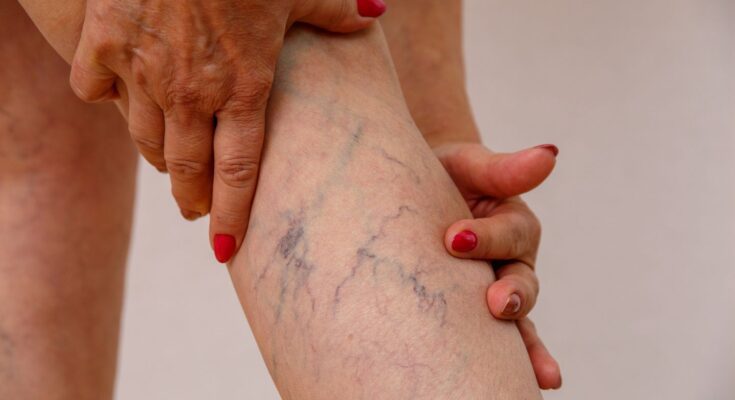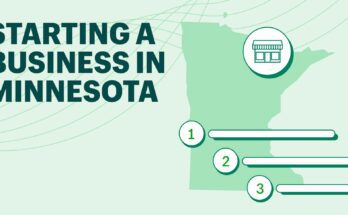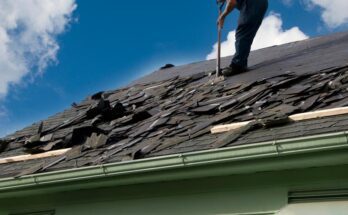Varicose veins can be more than just a cosmetic concern; they often signal underlying health issues that need attention. Understanding how to address and prevent these unsightly veins is essential for maintaining leg health and overall well-being.
Understanding Varicose Veins
These are enlarged, twisted veins that typically appear in the legs. They occur when the valves in the veins that regulate blood flow weaken and fail to function properly, causing blood to pool and veins to enlarge.
Symptoms May Include:
- Swollen, heavy-feeling legs
- Aching or throbbing in the legs
- Itchy, irritated skin over the vein
- Skin discoloration around the varicose vein
Risk Factors for Developing Varicose Veins
Certain factors can increase your risk of developing varicose veins, including:
- Age: The risk increases as you get older.
- Family History: If family members have them, you’re more likely to develop them too.
- Gender: Women are more likely to develop varicose veins due to hormonal changes.
- Obesity: Extra weight puts additional pressure on your veins.
- Prolonged Standing or Sitting: This can affect blood flow.
Prevention and Self-Care
While not all varicose veins can be prevented, there are steps you can take to reduce your risk and alleviate discomfort:
- Exercise regularly to improve leg strength and circulation.
- Maintain a healthy weight to reduce pressure on your veins.
- Elevate your legs when resting to improve blood flow.
- Avoid long periods of standing or sitting without breaks.
- Wear compression stockings to help keep blood flowing.
When to Seek Professional Help
It’s important to consult with a healthcare provider if you experience severe pain, significant swelling, or skin changes. These could be signs of more serious complications, such as deep vein thrombosis (DVT).
The Role of Vein Specialists
When home care measures aren’t enough, it’s time to consult with professionals who specialize in treating vein disorders. These experts can provide treatment options ranging from lifestyle changes and medication to minimally invasive procedures.
Common Professional Treatments:
- Sclerotherapy: A solution is injected into the vein, causing it to scar and close.
- Laser Treatments: Strong bursts of light are directed at the vein, making it slowly fade and disappear.
- Catheter-Based Procedures: A catheter is inserted into the vein and heat is applied to close it off.
- Vein Surgery: In severe cases, surgery may be necessary to remove the affected veins.
Choosing the Right Specialist for You
Selecting a specialist is an important decision. Look for board-certified professionals with experience in treating varicose veins. Personal recommendations, online reviews, and consultation visits can help you feel confident in your choice.
If you’re searching for expertise in this field, consider reaching out to vein specialists Utah, who offer a range of services tailored to treating varicose veins and improving leg health.
Myths vs. Facts
| Myths | Facts |
| Only older people get them. | They can occur at any age. |
| Varicose veins are always safe. | They can sometimes lead to complications. |
| Crossing your legs causes them. | There’s no direct evidence for this claim. |
Healthy Habits for Healthy Veins
Incorporating daily routines can keep your veins in good shape:
- Stay hydrated.
- Choose high-fiber foods.
- Limit salt intake.
- Opt for low-heeled shoes.
- Change your sitting or standing position regularly.
Parting Thoughts: Taking Action for Your Veins
Varicose veins don’t have to be a permanent fixture in your life. With the right combination of self-care and professional assistance, you can manage symptoms and improve the appearance of your legs. Don’t hesitate to seek help if you’re dealing with varicose veins—taking action today can lead to healthier, happier legs tomorrow.



